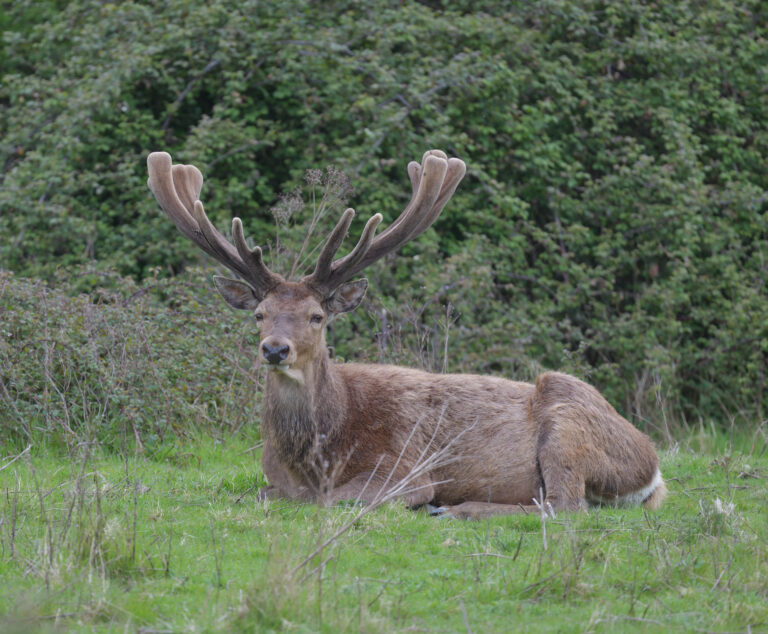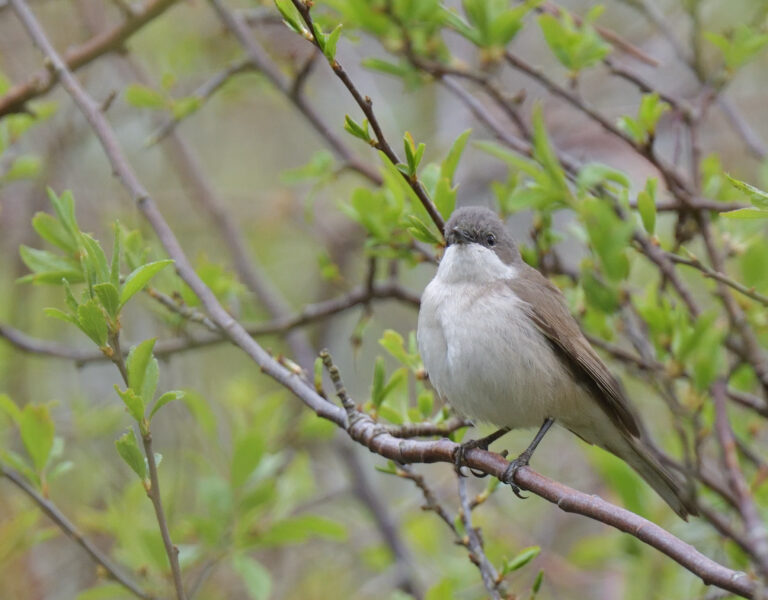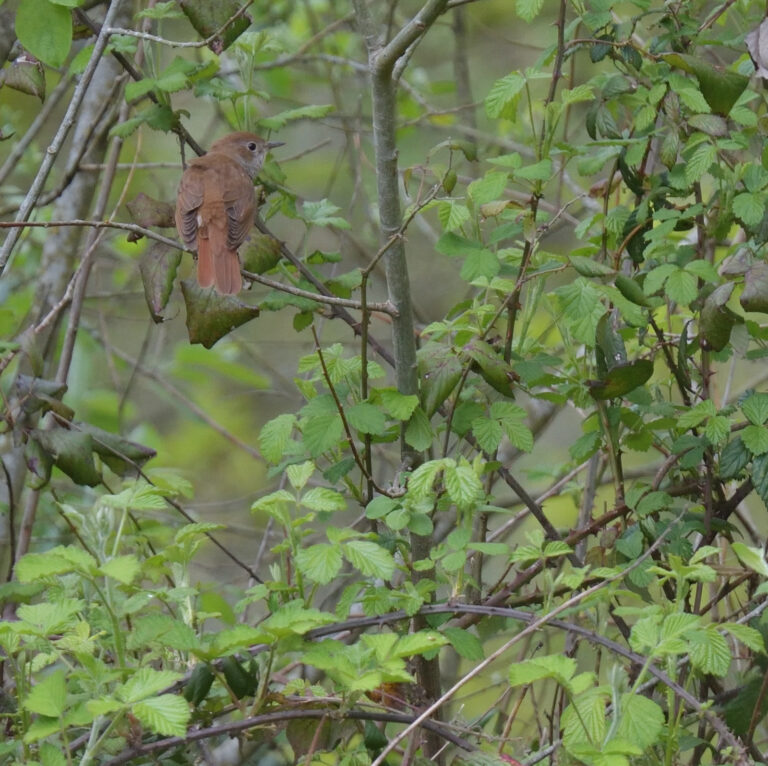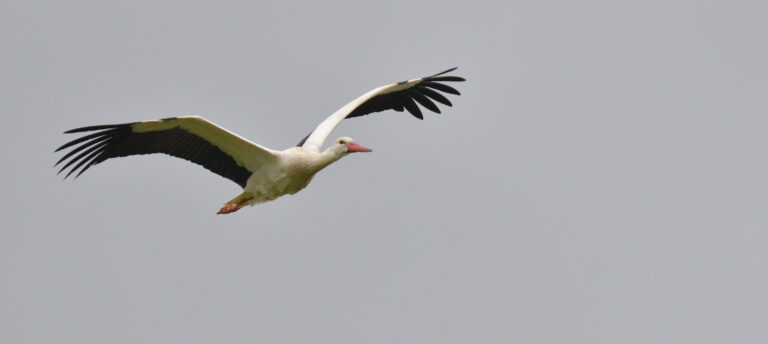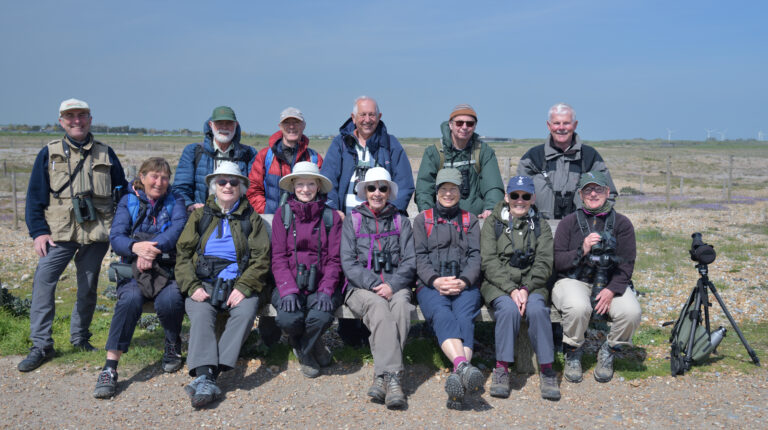
On the way down to the south coast we stop off at the Rainham Marshes RSPB reserve where Swifts over the car park are the first sighting, followed by Avocet and Little Egret in the pools, along with several vocal Cetti’s Warblers spotted along the trail. From the Ken Barrett hide we spot a hovering Kestrel, a distant Buzzard, two male Marsh Harriers and a couple of very active Hobbies. Moving on, with good sightings of Reed and Sedge Warblers and Whitethroat along the way, the Purfleet hide produces Redshank and Oystercatcher, with a chorus of numerous vociferous Marsh Frogs calling all around. We end the afternoon with a female Bearded Tit collecting insects along a line of reeds, making almost 50 different birds this afternoon.
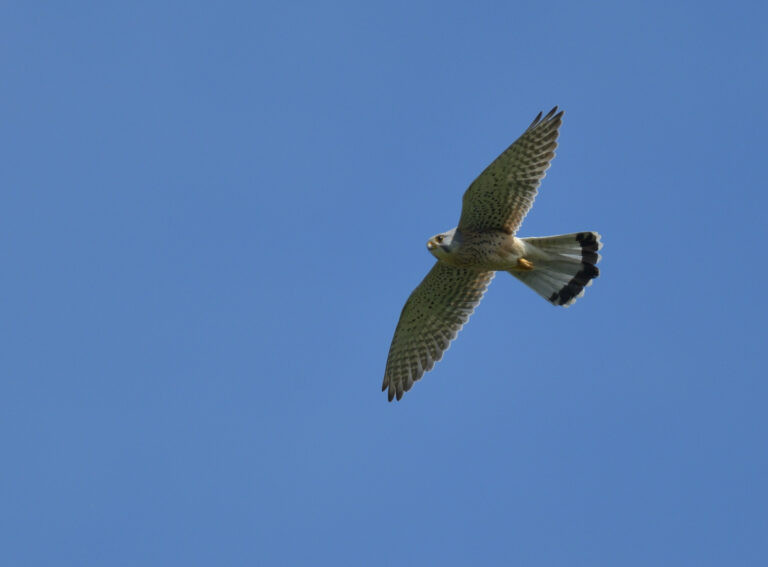
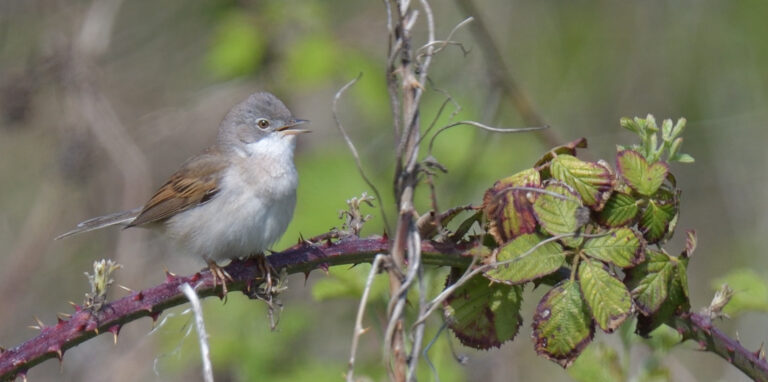
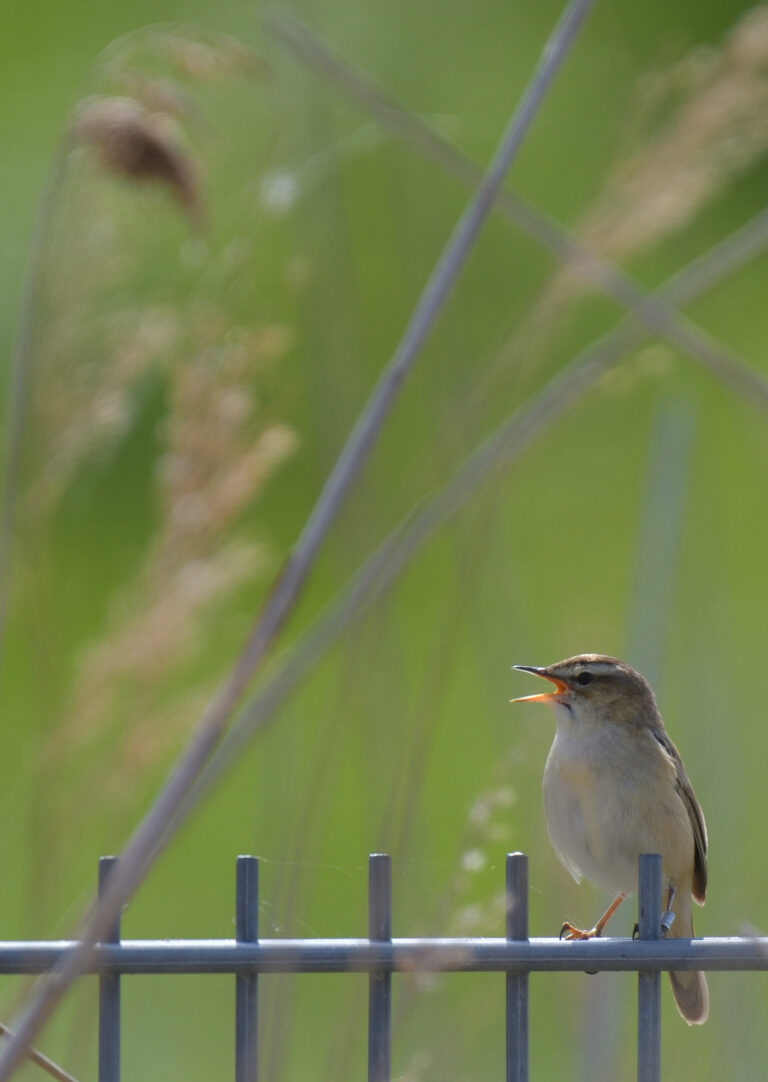
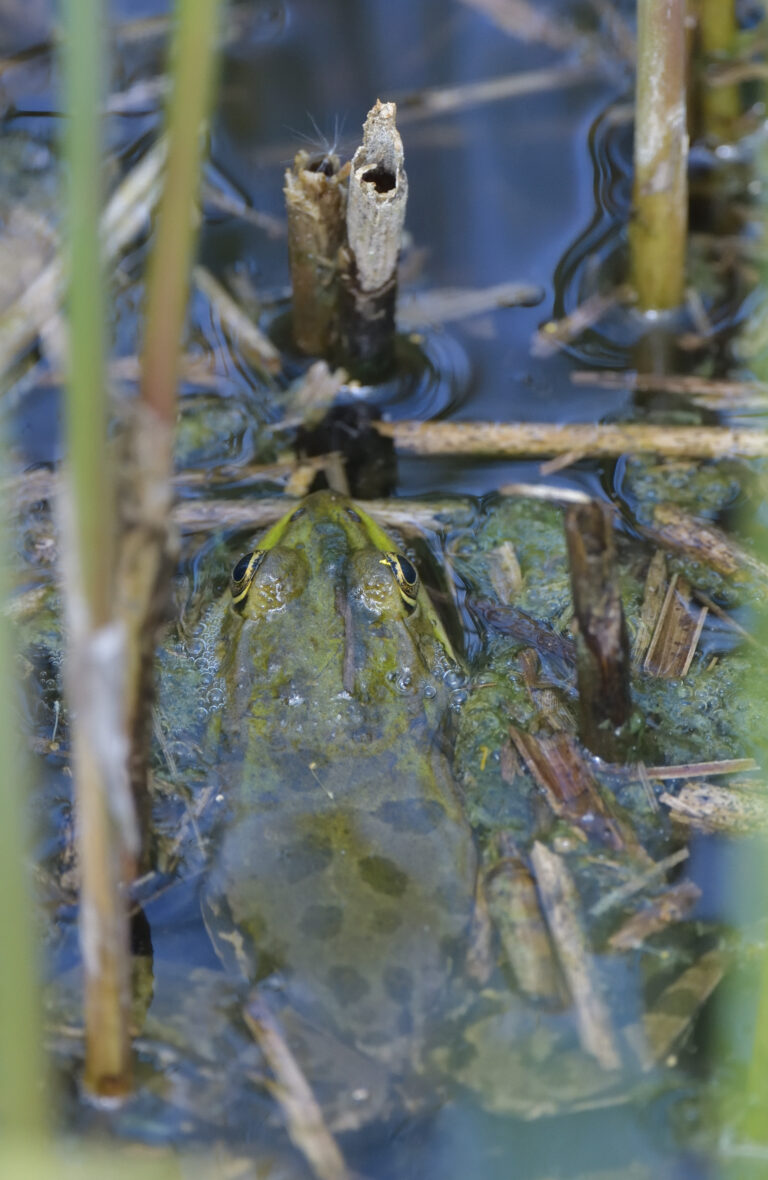
It’s a beautiful sunny day this morning for our visit to Rye Harbour Nature Reserve where we begin with plum views of a Whimbrel feeding in a nearby creek, while Skylarks are full of the joys of spring. Next, we spot a Common/Harbour Seal heading upriver, while the saline lagoons teem with numerous Ringed Plovers and Avocets, along with a small flock of busy Dunlin, a group of six snoozing Bar-tailed Godwits, a few Grey Plovers and Turnstones in their unfamiliar breeding plumage and a male Ruff with a black head and a developing white ruff. From the John Gooders hide we also spot three lingering Wigeon and Billy the Brent Goose, as well as Common and noisy Little Terns. Moving on to the Ray Parkes hide we find several Mediterranean Gulls amongst all the Black-headed Gulls as well as an unexpected White-fronted Goose. Further on, from the Guy Crittall hide, we find more Mediterranean Gulls breeding alongside a few Sandwich Terns, making three different terns in one day. Along the inland half of the circuit, new birds include a pair of Ravens, near the sixteenth century Camber Castle, where they presumably nest, and a pair of Yellow Wagtails in high viz breeding plumage, while a male Marsh Harrier shows very well over a nearby reedbed. Last sighting of the day is a superb male Green Woodpecker, clinging to a nearby Poplar tree and clearly showing his red moustache in the scope.
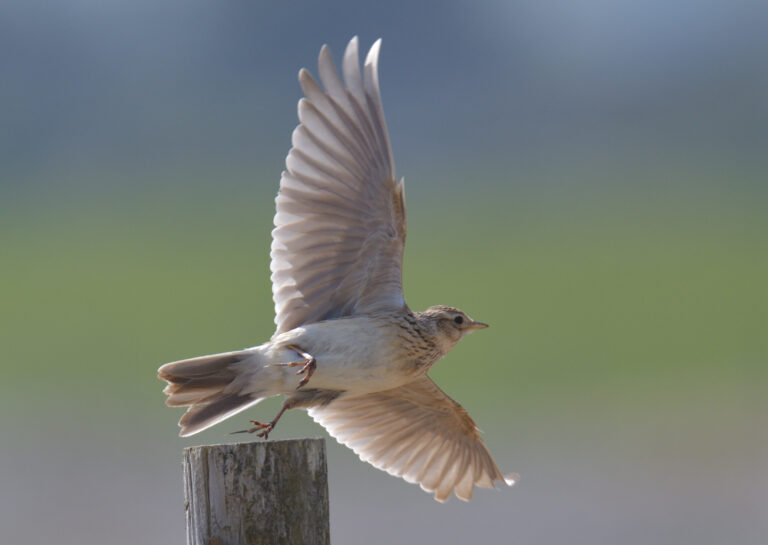
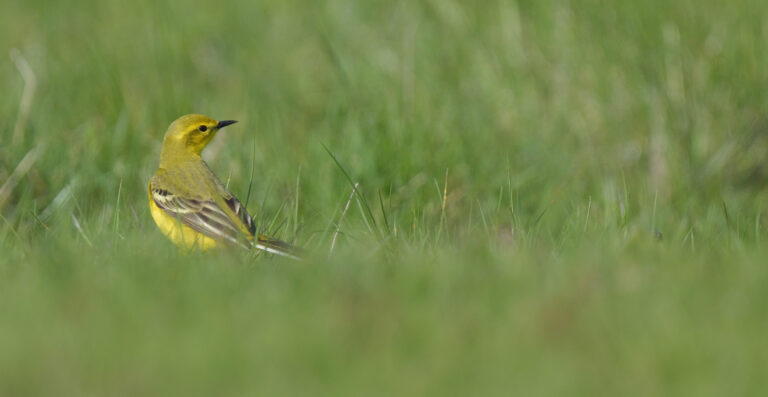
Today we visit a breezy Dungeness RSPB reserve where the first sighting is a Common Sandpiper from the visitor centre. Along the two mile circular trail we see a sprinting Brown Hare and then scope a singing Lesser Whitethroat. Further on, the 360 degree viewpoint produces a couple of male Marsh Harriers and a spectacular fly past by a Hobby showing its steel blue wings as it scythes across the nearby reeds, while a Bittern booms from its secret hideout. Moving on to the Denge Marsh hide, we scope a distant Buzzard sitting on a fence post and then a Cuckoo comes hurtling across the water towards the hide to exit stage right, so we all pile out of the hide to see where the Cuckoo might have gone. Fortuitously, we spot it perched low in a Willow with characteristically drooped wings and a bobbing tail as it calls. On the way back to the visitor centre, serenaded by numerous Whitethroats and Sedge Warblers, another Hobby passes by, along with two Ravens, but there is no sign of yesterday’s two Glossy Ibises, replaced today by four Avocets and four Ruff.
After a picnic lunch here we drive to the nearby old lighthouse where we enjoy close views of a posing male Stonechat. A brief seawatch from the shingle beach here produces repeated views of several Harbour Porpoises as well as a passing Gannet, a light phase Arctic Skua and a line of six Common Scoters, all flying east.
Today we head west to visit the fabulous Knepp Estate, site of a visionary rewilding project which has successfully brought breeding White Storks back to Britain for the first time in centuries! Barely through the entrance gate we come face to face with a majestic Red Deer stag with developing velvet-covered antlers, while a distant Nightingale joins the rich chorus of birdsong. From the same spot we have a close encounter with another Lesser Whitethroat and pick out four bulky stork’s nests amid the distant canopy, along with a gathering of a dozen or so White Storks! Further along the trail we get a really close view of a stork spring cleaning its nest in a tree beside the farmyard! Strolling through this ‘wild land’ reminiscent of how southern England would have been long ago, we spot a group of Fallow Deer and marvel at the unfamiliar sound of bill-clapping storks, while Cuckoos and Nightingales add to the soundscape. After a patient wait, we eventually enjoy fantastic views of a Nightingale singing in the scope, which even trumps the bill-clapping storks! Further on we find two more pairs of storks at their nests in a big old Oak tree and then get great views of a singing Garden Warbler. As well as White Stork and Nightingale, Song Thrush, Nuthatch and Jay are new for the trip today, bringing the final tally to 100 different birds seen on this short break down south.
